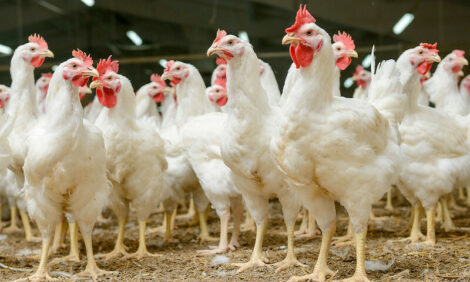



Difficulties of raising free-range chickens
US - The principles of Colpitts PineRidge Ranch were established by Tom Colpitts, a dentist turned alternative health practitioner. They have dedicated their ranch to providing the consumer with meat free of steroids, antibiotics, arsenic, pesticides, and herbicides, and introducing them to healthy food.The enterprise started eight years ago with grass-fed beef. The benefits include lower total fat, two to four times more Omega-3 fatty acids and higher in vitamin E. Dairy and meat products from grass-fed animals are the richest source of Conjugated Linoleic Acid.
“The direct sale of beef is somewhat limited, and the length of time involved in raising beef is also prohibitive,” said Geof Colpitts, owner of Colpitts PineRidge Ranch.
The raising of free-range pastured poultry was the logical alternative to fill the gap in the beef production. Free range, according to the United States Department of Agriculture, is any animal having access to the outside. The Colpitts’ are one of only a few producers of pastured poultry in the state of Oklahoma.
Their first attempt to raise free-range chickens was less than successful. They started with 200 birds and only 73 were left when it was time to process them. The wire mesh fence around the one acre pen and the shed was not enough defense against predators.
“It seems as though chicken is high on the food list of all predators on the ground and in the air,” said Colpitts.








